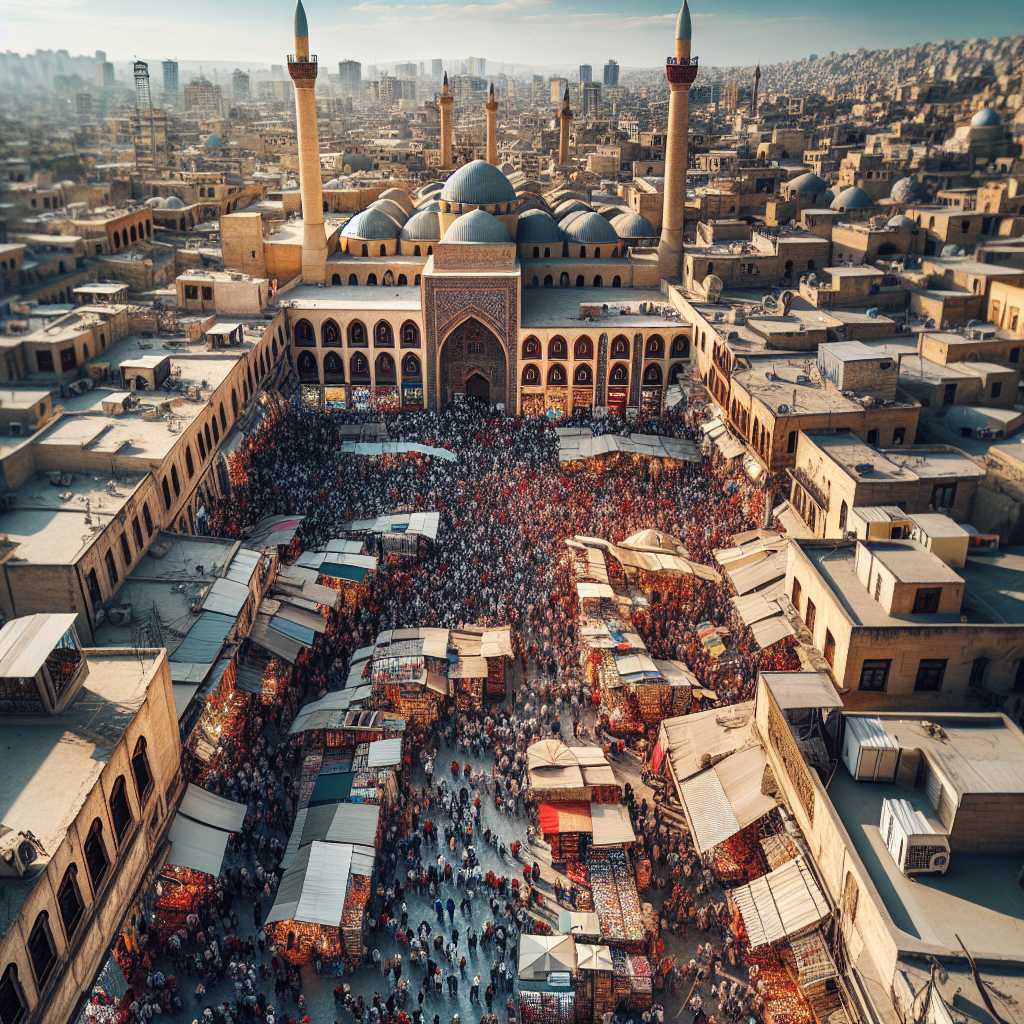Understanding the Complex Tapestry of Iranian Geopolitics and Culture
The nation of Iran stands as a land of ancient heritage, contemporary conflict, and modern ambition. Its strategic geopolitical location, vast reserves of natural resources, and complex sociopolitical landscape make it a pivotal player on the world stage. Iranian society is a tapestry of tradition and transformation, influenced by its history, religion, and politics. In exploring the domain of Iran, this article will delve into several aspects: its geopolitical importance, cultural dynamics, socio-economic structure, and the evolving relationship of Iran with the international community.
Geopolitical Significance of Iran
Iran’s location at the nexus of the Middle East and Central Asia has historically endowed it with substantial strategic importance. This positioning provides Iran with a level of influence over key shipping routes, particularly in the Strait of Hormuz, through which approximately one-fifth of the world’s petroleum passes. Iran’s geopolitical significance is also heightened by its sizable reserves of oil and natural gas.
Furthermore, its role in regional politics is amplified by its relationships with neighboring countries and non-state actors. The Iranian government’s support for groups such as Hezbollah in Lebanon and its involvement in the Syrian Civil War are examples that illustrate its regional influence; meanwhile, its complex relations with countries like Saudi Arabia and Israel reflect the broader geopolitical tensions within the Middle East.
The Rich Tapestry of Iranian Culture
Iran is renowned for its deep historical roots and rich cultural heritage dating back thousands of years. It is the birthplace of one of the world’s oldest continuous major civilizations, with historical sites such as Persepolis reflecting this ancient past. The Persian language and literature hold a revered position within Iranian culture, with the poetry of Hafez and Rumi having an enduring impact both nationally and internationally.
Religion plays a significant role in Iranian society, with the vast majority of Iranians identifying as Shi’a Muslims—a distinction setting them apart from most Muslim-majority nations that predominantly adhere to Sunni Islam. This religious identity has greatly influenced Iranian art, literature, music, and festivals.
Additionally, contemporary Iranian culture displays an intriguing blend of traditional values and progressive elements, especially among younger generations who have grown up in the digital era. While respecting age-old customs, many Iranians engage with global media, foster artistic expression, and advocate for social progress within the confines of their political system.
Socio-economic Overview of Present-day Iran
Iran’s economy is highlighted by its reliance on energy exports such as oil and natural gas. International sanctions imposed over concerns regarding its nuclear program have had a profound effect on the Iranian economy, leading to inflationary challenges and impacting overall growth prospects. However, the government has been making efforts to diversify its economy and reduce its dependence on hydrocarbons.
Despite its economic difficulties, Iran has a highly educated populace capable of contributing to various sectors including STEM fields (science, technology, engineering, mathematics), which has allowed for strides in scientific research and innovation within certain industries.
The juxtaposition of an underutilized workforce due to sanctions and a highly skilled population presents an economic paradox; with greater international integration potentially unlocking the country’s significant human capital potential.
Iran’s Place in International Relations
Iran remains one of the most discussed nations when it comes to international diplomacy and nuclear negotiations. The Joint Comprehensive Plan of Action (JCPOA), commonly known as the Iran Nuclear Deal—an agreement reached between Iran and the P5+1 (the five permanent members of the UN Security Council plus Germany)—highlights both the challenges and complexities involved when engaging with Tehran.
While some nations seek to engage Iran diplomatically to constrain its nuclear ambitions through treaty agreements like JCPOA or improved economic ties, others view Iran with suspicion due to concerns about human rights issues within Iran or fears over growing Iranian influence throughout the Middle East.
Concurrently, US-Iranian relations have been notably tense since the US-backed overthrow of Prime Minister Mohammad Mossadegh in 1953 and reinstatement of Shah Mohammad Reza Pahlavi—who was later deposed by the Islamic Revolution in 1979. These events historically and presently contextualize much about Iran’s stance toward Washington—as well as shape America’s approach to Tehran.
Notes
Image Description
An aerial view showing crowds gathered in Tehran’s Grand Bazaar amidst traditional architecture with towering minarets visible in the background against a clear blue sky. Busy street life represents daily life intersecting with centuries-old culture.
